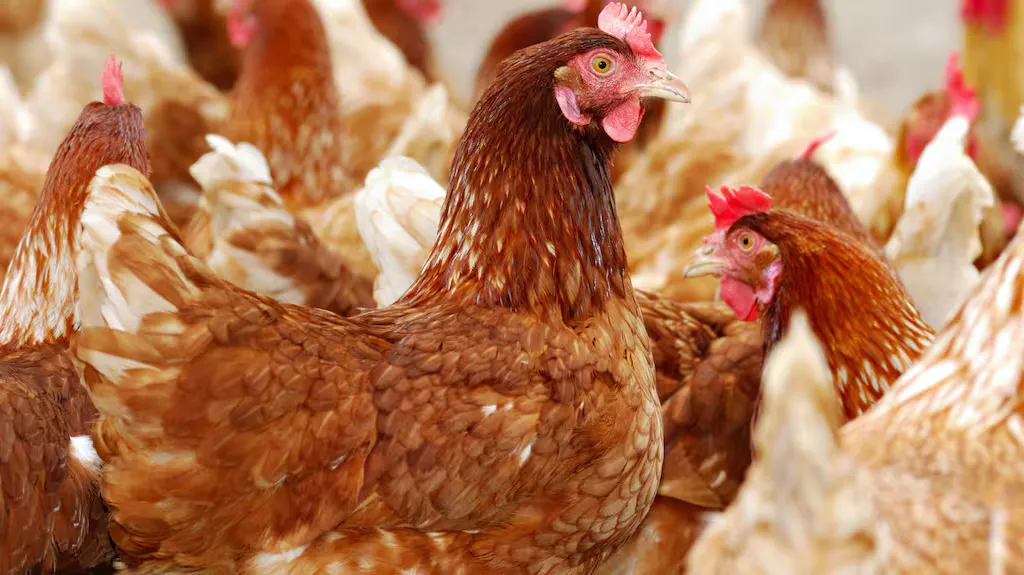Bird flu has reached New Zealand’s shores, with a highly pathogenic strain of avian influenza detected at a commercial egg farm in Otago. The outbreak has raised concerns about the country’s poultry industry, public health, and wildlife conservation. In this article, we will delve into the details of the outbreak, its implications, and what can be done to prepare for and mitigate its effects.
Understanding The Main Concept
The highly pathogenic H7N6 strain of bird flu was detected at a commercial egg farm in Otago, with around 80,000 birds to be culled due to the spread of the virus. This is not the same strain that has been affecting poultry, wild birds, and mammals in other parts of the world, such as the H5N1 strain.
The outbreak may have started as a less deadly type of bird flu that mutated while spreading between laying hens who were foraging outside one of the farm sheds. The H7 subtype of avian influenza is usually low pathogenic and found in wild birds without causing disease.
How This Works In Practice
* The virus can spread to other farms and premises through contact with infected birds, equipment, or personnel.
* The incubation period for H7N6 is around 3-5 days, during which time infected birds may not show symptoms but can still transmit the virus to others.
* Infected birds may exhibit signs of illness, such as lethargy, loss of appetite, and difficulty breathing.
Why This Matters For Business
The bird flu outbreak has significant implications for New Zealand’s poultry industry, with potential losses estimated in the millions. The industry must take proactive measures to prevent the spread of the virus, including implementing biosecurity protocols, conducting regular health checks on birds, and providing training for personnel on how to handle infected birds.
Preparing For The Worst
* The Department of Conservation (DOC) is trialling a vaccine for some threatened native species, such as the takahē and kākāpō.
* The DOC is also working with landowners and farmers to implement measures to prevent the spread of bird flu to wild birds.
Understanding The Risks To Public Health
While the risk of transmission from birds to humans is low, there is still a potential for outbreaks. The Department of Health (DoH) is monitoring the situation closely and providing guidance to healthcare professionals on how to handle suspected cases of bird flu.
Protecting Wildlife
The biggest danger bird flu currently presents to New Zealand is to its wildlife. The strain found on this farm is not a wildlife-adapted strain like H5N1, so it is unlikely to be transmitted to mammals. However, the risk of transmission to native birds is still present, and measures must be taken to prevent this.
What Is Happening With H5N1 In Other Parts Of The World?
The spread of H5N1 in mammals in other parts of the world has been a major concern this year. Bird flu was detected in cows for the first time in March and has since become a multi-state outbreak in the US. It was also detected in a pig on a farm in Oregon in October.
The Evolution Of Bird Flu
Bird flu is evolving and changing its genetic code, which allows it to broaden its host range and spread more easily between birds and mammals. This makes it a growing concern for public health and wildlife conservation.
Conclusion
The bird flu outbreak in New Zealand is a serious issue that requires attention from the poultry industry, public health officials, and wildlife conservationists. While the risk of transmission from birds to humans is low, there are still measures that can be taken to prevent outbreaks and protect both human and animal health. By understanding the risks and taking proactive steps, we can mitigate the effects of this outbreak and ensure a safe and healthy environment for all.
Word Count: 1050

0 Comments